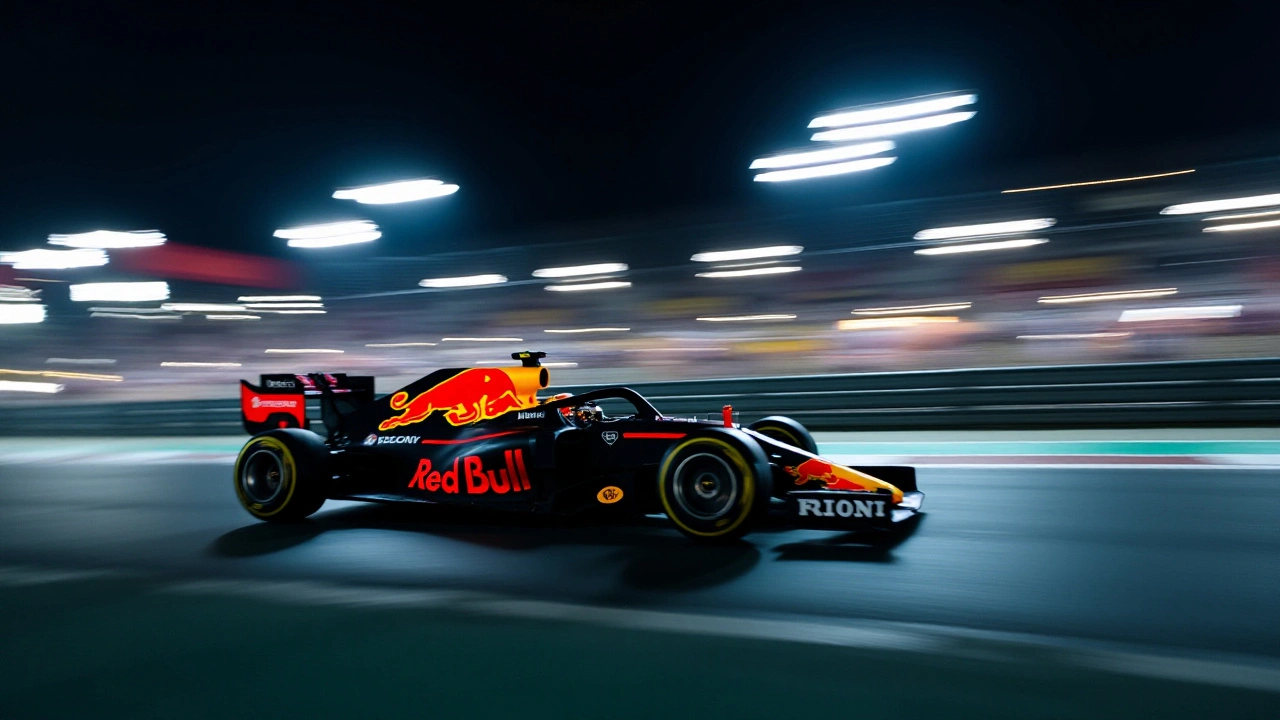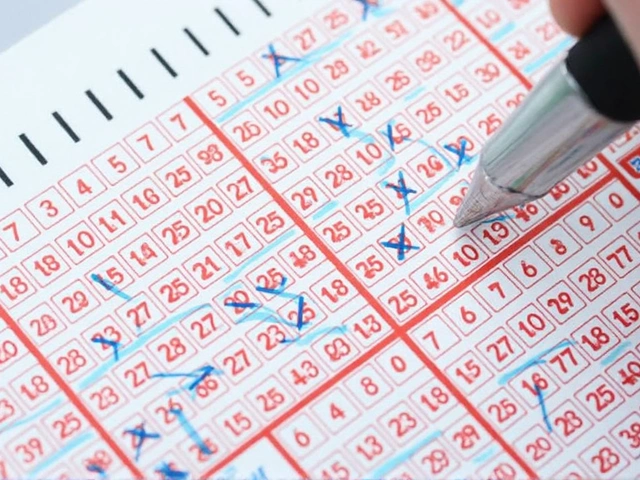F1 Practice Sessions Explained: What Happens and Why It Matters
If you ever tune in to a Grand Prix weekend and wonder why the drivers spend three whole days on track before the race, you’re not alone. Those days are called free practice (FP1, FP2 and FP3) and they’re the backbone of every race weekend. Teams use this time to learn the circuit, check the car’s setup and collect data that will decide where they start on the grid.
Free Practice 1 & 2: Testing the Waters
FP1 usually kicks off on Friday morning. It’s a chance for the biggest newbies – fresh drivers, new parts and rookie engineers – to get a feel for the track. Teams often run low‑fuel runs to see how the car behaves when it’s light. They’ll also try different tyre compounds to see which gives the most grip. The focus is on gathering as much raw information as possible, not on setting fast lap times.
FP2, held later on Friday, shifts the focus to tyre performance over longer stints. Here, crews will run with race‑fuel loads, because they need to know how the car will handle the full distance when the lights go out. They’ll experiment with aerodynamic adjustments, like changing the front wing angle, to see how it affects balance around each corner. The data from FP2 helps engineers decide which set‑up will be the most stable for the next day.
Free Practice 3: Fine‑Tuning for Qualifying
FP3 arrives on Saturday, just before qualifying. By now the team has a solid idea of the best tyre choices and basic set‑up. This session is all about shaving seconds off the lap time. Drivers push hard, often with low fuel and the softest tyre, to simulate qualifying conditions. Engineers will make minute tweaks – a few millimetres on the rear diffuser, a tiny suspension change – and watch how the lap time reacts.
The real magic of FP3 is the feedback loop between driver and pit wall. The driver tells the engineers where the car feels loose or tight, and the engineers translate that into precise adjustments. When the session ends, the team should have a clear picture of the optimal qualifying set‑up and a strategy for the race itself.
So, what should a casual fan keep an eye on during these sessions? First, note the tyre compound that each driver uses – it hints at the strategy for the race. Second, watch the lap times; a sudden drop usually means a new part or a better set‑up is on board. Finally, listen for radio chatter about “balance” or “under‑steer” – those clues tell you what the car is struggling with.
Understanding the purpose of each practice day makes the whole weekend more exciting. Instead of treating FP1‑3 as filler, you can see how every tweak, every tyre test, and every driver’s comment builds toward that all‑or‑nothing sprint in qualifying and the final showdown on race day.
Next time you see the F1 cars cruising around the circuit in the early morning, remember they’re not just warming up. They’re gathering the priceless data that can mean the difference between a podium finish and sliding into the mid‑pack. That’s the real power of F1 practice sessions – they turn raw numbers into race‑winning performance.
Daniel Ricciardo and Max Verstappen Dominate Fastest Laps in F1 Practice Sessions for Upcoming Race
Daniel Ricciardo and Max Verstappen displayed remarkable speed in their F1 practice sessions, setting the quickest laps for their teams. Ricciardo excelled in the first session, while Verstappen set the pace in the second. This performance hints at a fierce competition ahead. Top teams struggled to keep up, making the upcoming qualifying sessions crucial for grid positions.
View More





